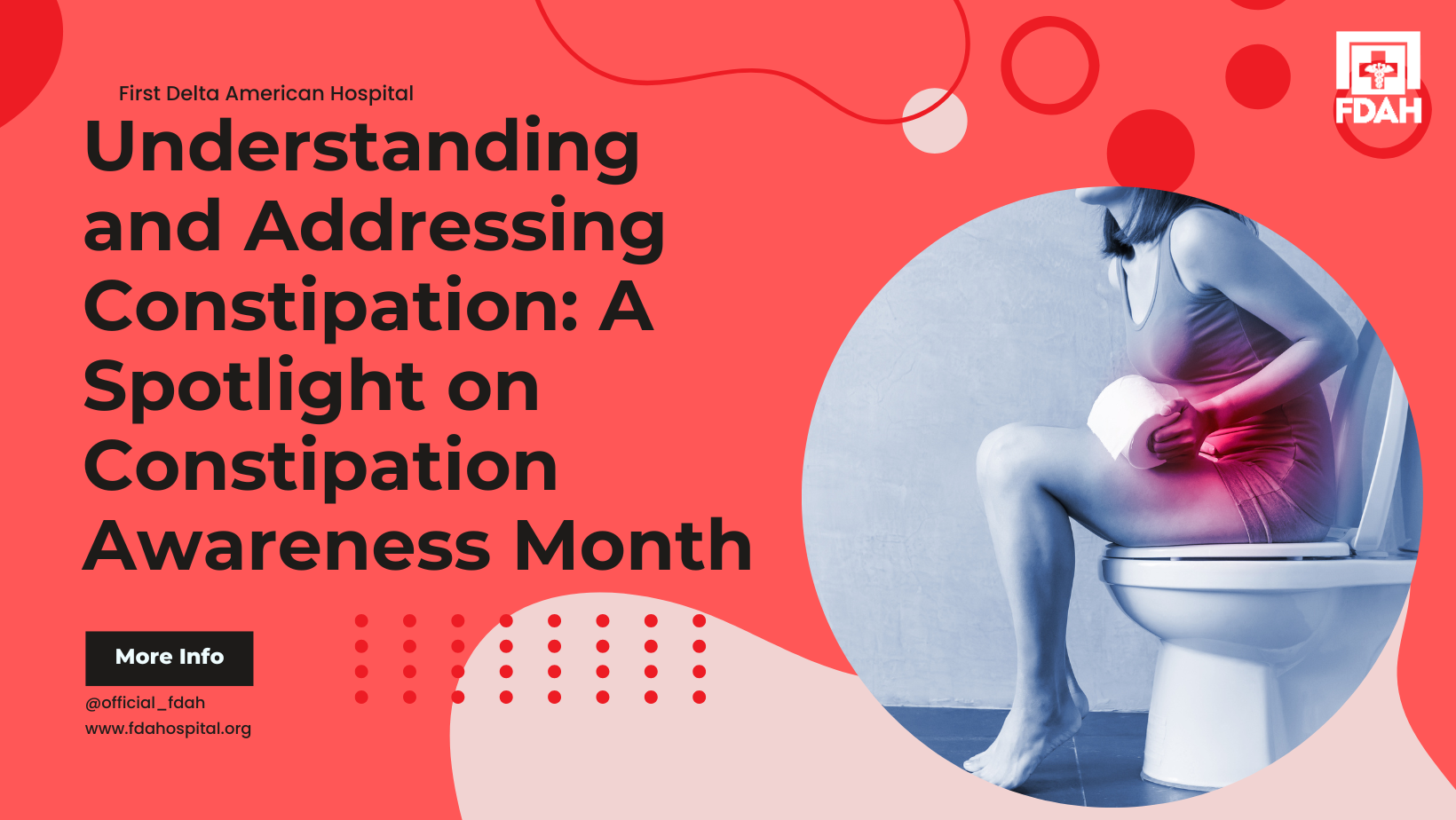World Polio Day, celebrated every year on October 24, is a global effort to raise awareness about the fight to eradicate polio. Organized by Rotary International and supported by organizations such as the World Health Organization (WHO) and UNICEF, this day recognizes progress in the fight against this crippling disease while emphasizing the need for continued global collaboration to achieve a polio-free world. This article delves into the history of polio, the impact of vaccination, the challenges faced in eradication efforts, and what the future holds.
Understanding Polio
Polio, or poliomyelitis, is a highly contagious viral disease that primarily affects young children. The poliovirus spreads through contaminated food, water, or contact with an infected person. It attacks the nervous system, and in severe cases, can lead to paralysis or even death.
There are three types of poliovirus:
- Wild Poliovirus (WPV)
- Vaccine-Derived Poliovirus (VDPV)
- Sabin-like Poliovirus (found in some oral vaccines)
While most infections are asymptomatic, about 1 in 200 cases results in irreversible paralysis. Among these, 5-10% of cases may lead to death due to paralysis of breathing muscles.
A Brief History of Polio and Vaccination Efforts
Polio has existed for centuries, but it became a major public health crisis during the 20th century. At its peak in the 1950s, polio caused thousands of cases of paralysis and death annually. In response to the growing threat, scientists developed two key vaccines:
- Inactivated Poliovirus Vaccine (IPV): Developed by Jonas Salk in 1955, this vaccine is administered via injection and contains an inactivated virus.
- Oral Poliovirus Vaccine (OPV): Developed by Albert Sabin in the 1960s, this oral vaccine contains a weakened version of the live virus, making it easier to administer.
Mass vaccination campaigns using these vaccines led to a dramatic reduction in polio cases worldwide.
The Global Polio Eradication Initiative (GPEI)
Launched in 1988, the Global Polio Eradication Initiative (GPEI) is a public-private partnership aimed at eradicating polio worldwide. The GPEI has made significant progress, reducing cases of wild poliovirus by over 99%. Key partners in the initiative include:
- WHO
- UNICEF
- Rotary International
- The Bill & Melinda Gates Foundation
- Gavi, the Vaccine Alliance
Due to coordinated efforts, polio is now endemic in only two countries—Afghanistan and Pakistan.
Progress and Milestones
Some of the significant achievements in the fight against polio include:
- Certification of Polio-Free Regions:
The Americas were declared polio-free in 1994, followed by Europe, the Western Pacific, and Southeast Asia. In 2020, Africa was certified free of wild poliovirus after decades of hard work. - Global Immunization Coverage:
Vaccination campaigns have reached billions of children, ensuring they are protected from the disease. - Innovative Vaccine Strategies:
The introduction of new vaccines, including bivalent oral polio vaccines (bOPV), has improved immunization efforts and reduced the risk of vaccine-derived polio.
Challenges in Eradicating Polio
Despite remarkable progress, some challenges remain:
- Conflict and Insecurity:
In war-torn regions like Afghanistan and Pakistan, polio vaccination efforts have been disrupted by conflict, making it difficult to reach every child. - Misinformation and Vaccine Hesitancy:
Misinformation about vaccines has fueled public resistance to vaccination in some communities. - Inaccessibility:
Poor infrastructure and geographic isolation make it challenging to reach remote populations with vaccines. - Vaccine-Derived Poliovirus (VDPV):
In rare cases, the weakened virus in the oral polio vaccine can mutate, leading to outbreaks of vaccine-derived poliovirus, particularly in under-immunized communities.
The Importance of World Polio Day
World Polio Day serves several purposes:
- Raising Awareness: It informs the public about polio, its dangers, and the importance of vaccination.
- Celebrating Progress: It recognizes the efforts of healthcare workers, organizations, and governments in the fight against polio.
- Encouraging Action: It calls for continued financial and logistical support for immunization programs to ensure every child is vaccinated.
What Can You Do to Help?
There are several ways individuals and organizations can contribute to the fight against polio:
- Spread Awareness: Use social media to share information about polio and the importance of vaccination.
- Support Vaccination Campaigns: Participate in or donate to organizations involved in immunization efforts.
- Advocate for Funding: Encourage policymakers to support global health programs.
- Volunteer: Join local or international initiatives, such as Rotary’s End Polio Now campaign.
The Role of Clean Water and Sanitation
Access to clean water and proper sanitation is essential in preventing the spread of polio. Communities lacking these basic needs are at greater risk of contracting and spreading the virus. Investments in clean water infrastructure are necessary to complement vaccination efforts.
The Future of Polio Eradication
Experts believe we are closer than ever to eradicating polio. The key to achieving this goal lies in maintaining high immunization coverage and rapidly responding to outbreaks. The GPEI continues to work toward this by:
- Strengthening surveillance systems to detect and respond to cases quickly.
- Developing new vaccine formulations to address challenges like VDPV.
- Partnering with local communities to build trust and overcome resistance to vaccination.
Conclusion
World Polio Day is a powerful reminder of the progress made in the fight against polio and the challenges that remain. With continued global cooperation and commitment, a polio-free world is within reach. Every vaccination brings us one step closer to that goal. Let’s take action, spread awareness, and ensure that future generations live in a world without polio.
Together, we can end polio once and for all.




